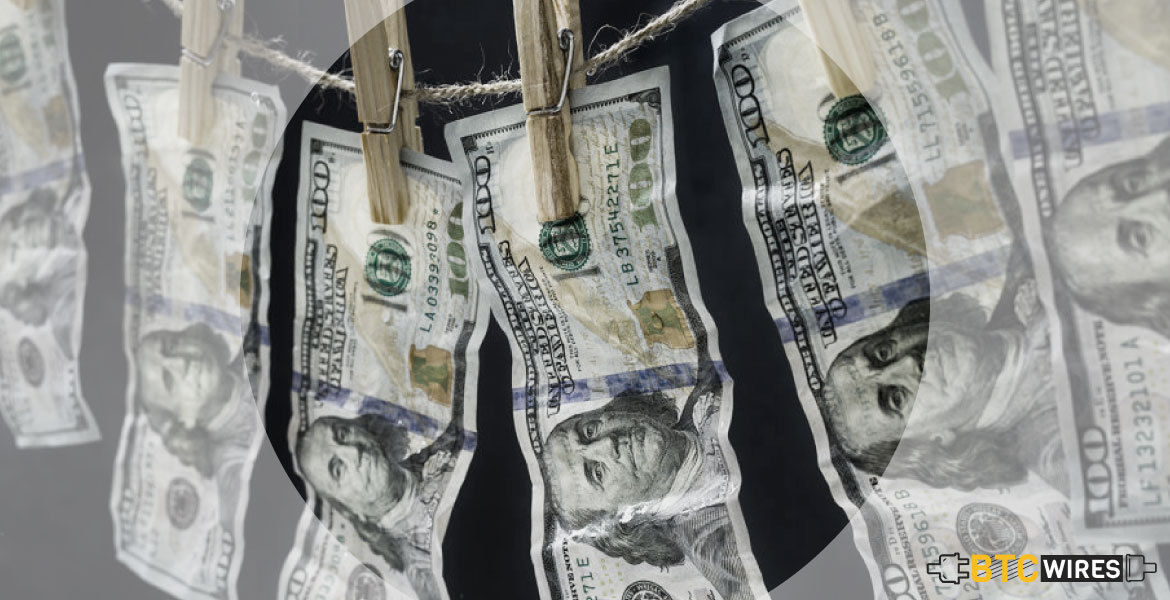Every now and then you must have heard how regulations

Every now and then you must have heard how regulations are really important to push the crypto acceptance to masses, but what if I tell you that the centralized and well-regulated banks are the part of the biggest money laundering mafia in the world. Criminals use various loopholes and the help of bankers to launder almost $2 trillion every year.
Criminals with the help of bankers and politicians not just convert their black money to white, but the ease with which they are able to do it over the years should be the question that needs to be answered. The same regulators who want to know and track every penny you spend, let the criminals run havoc with the banking system by simply turning a blind eye.
These money launderers stick to various schemes such as shell companies, bogus supply chain invoices, smurfing, and ‘mirror’ trades to circulate their money through the complex banking cycle and get their money out without being accounted or charged for. On the other hand, people with enough evidence over the ownership of their crypto has to make rounds of law enforcement agencies to prove that they were not doing anything illegal.
The problem is not the criminals here, but the banking sector which boasts of regulations and authorization from the government and gets away with crimes that would have landed them for several years behind the bars. There have been cases of bankers being jailed for money laundering charges, but that situation arrives when there is no other way to earn the trust of people.
Take the case of Bernie Madoff, who was among the noted bankers jailed for helping in laundering illegal money. However, many in the banking system believe that he was only incarcerated because he stole from the banking cartel and tried to expose the shady activities that they are involved in.
Money laundering Techniques Used By Criminals
Since the last financial debacle, many banks have been caught laundering money of criminals and even when they are caught, all they need to do is pay a petty fine. In a recent revelation, banks like Citigroup, Deutsche Bank, and Raiffeisen helped criminals wash $8.8 billion in a seven-year period. The methods used for laundering such amounts are quite common in the banking sector. We will look at some of these techniques and try to understand the process.
Mirror Trading: Mirror trading is an activity where two similar trades are initiated together, and both of them cancel out each other, however, the funds change its position from one location to another. One of the social media users explains how mirror trading works,
“A client opens up a trading account with Deutsche Bank in Moscow. The client deposits let’s say the equivalent of $10,000 in rubles in his account and asks the bank to buy that amount of blue-chip shares on the Moscow stock exchange. The client has previously instructed the bank that the same shares are sold on the London stock exchange for GBP; both trades are executed within fractions of a second of each other. Voila. Clean as a whistle.”
Deutsche Bank has been a hub for such money laundering activities and has paid more than $9 billion in fines since 2008.
Smurfing/ Structuring: smurfing is another sophisticated method of money laundering where a bank initiates a large number of trades of small amounts simultaneously to avoid triggering any money laundering alarm and the money is routed through a regulated bank in a specific pattern.
Shell Companies: whenever someone earning a ton of illegal money wants to move their funds or wash it to make it legal money, they set up fake companies. Usually, these companies only exist on paper and used just for the transfer of funds in the name of the bogus company.
The thing that should worry most of us is that these activities have continued for decades and yet the law enforcement agencies and regulators are not able to control it leave alone containing it. These issues arise due to corruption, and the criminals have enough money to buy out several bankers and even government officials to turn a blind eye.
Regulators Must Be Focused on Containing Money Laundering then Banning Crypto use
Regulators often try to go for the small fish to show the world that they are concerned about the public safety, however looking at the regulated banks and their avid love for helping criminals turn their illegal money into legal one, it seems regulators are not doing their job well.
Cryptocurrencies which promises its users privacy and censorship-resistance are targetted by these regulators claiming that the anonymity factor could encourage criminals for its use, however looking at the condition of the banks, it looks like they are either lying or not really worried about the “DRAWBACKS” of the cryptocurrency space. They just want control over people’s finances and sense of superiority.
